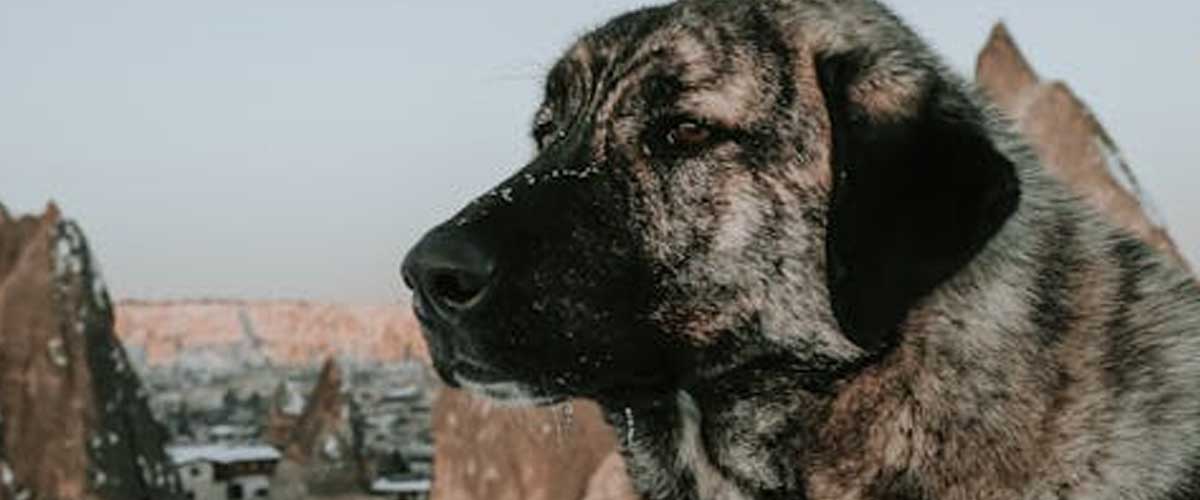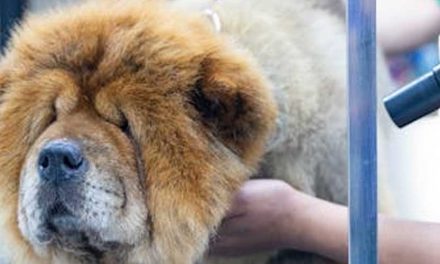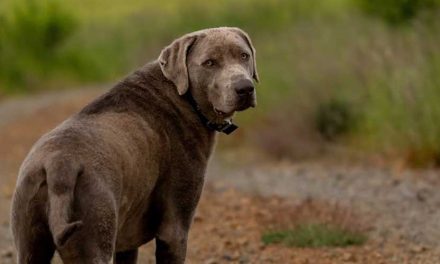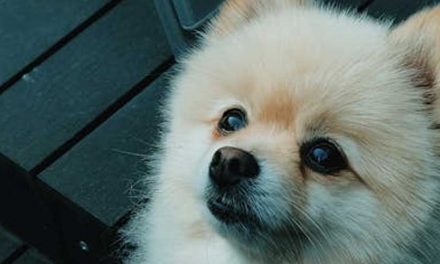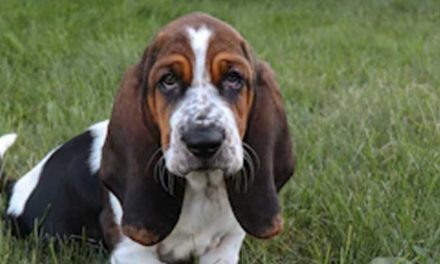The Spanish Mastiff, known as “Mastín Español” in its native Spain, is a majestic breed that embodies strength, loyalty, and protective instincts.
With a history rooted in guarding livestock, this breed has become a cherished part of Spanish culture and is admired for its gentle demeanor and impressive physical stature.
History
The origins of the Spanish Mastiff can be traced back to ancient times, with connections to both the Romans and the large mastiff-type breeds that were essential for herding and protecting livestock.
Traditionally, these dogs were used by shepherds in the Spanish countryside to guard herds against predators, such as wolves and bears.
Their ability to work in tough environments while maintaining a calm presence has established them as revered companions for farmers.
Physical Characteristics
The Spanish Mastiff is renowned for its imposing size. Males typically weigh between 110 to 220 pounds, while females range from 90 to 180 pounds.
They are characterized by their large, broad heads, powerful necks, and strong bodies.
The breed has a thick, dense coat that can come in a variety of colors, including fawn, brindle, and black, often with white markings.
Their large, expressive eyes reflect their calm and gentle nature, conveying both wisdom and warmth.
Despite their intimidating size, Spanish Mastiffs are often quite affectionate with their families.
Temperament
One of the defining traits of the Spanish Mastiff is its remarkable temperament.
They are known to be loyal, protective, and calm.
While they may appear aloof with strangers, they are typically gentle and loving with family members, especially children.
This breed is known for being patient, which makes them excellent companions for families.
Despite their guarding instincts, Spanish Mastiffs are not aggressive by nature.
They possess a strong maternal instinct, often taking on the role of protector and caregiver, whether it be for livestock or their human family.
Proper socialization from a young age is essential to ensure they develop into well-rounded adults.
Care and Training
Caring for a Spanish Mastiff requires diligence and commitment.
Due to their size, they benefit from daily exercise, but their energy levels tend to be moderate.
Regular walks and playtime are important, but they are also content with lounging around the house.
Grooming is relatively straightforward, as their short coat requires minimal maintenance, although they do shed.
Regular brushing during shedding seasons and routine checks for ear health and dental hygiene are recommended.
Training a Spanish Mastiff can be both rewarding and challenging.
While they are intelligent and eager to please, their independent nature means they require consistent, positive reinforcement training methods.
Early socialization with a variety of environments, people, and other pets can help them become more adaptable and confident.
Health Considerations
Like all breeds, the Spanish Mastiff is prone to specific health issues.
Some of the common concerns include hip dysplasia, elbow dysplasia, and certain heart conditions.
Regular check-ups with a veterinarian and a healthy diet tailored to their size and energy level are crucial for their overall well-being.
Conclusion
The Spanish Mastiff is more than just an impressive guardian; it is a loyal companion with a gentle spirit.
Their unique blend of strength, intelligence, and warmth makes them a cherished addition to any family that values the qualities of loyalty and protection.
With proper care, training, and socialization, the Spanish Mastiff can thrive as a beloved pet, contributing not only strength but also harmony and love to their home.

